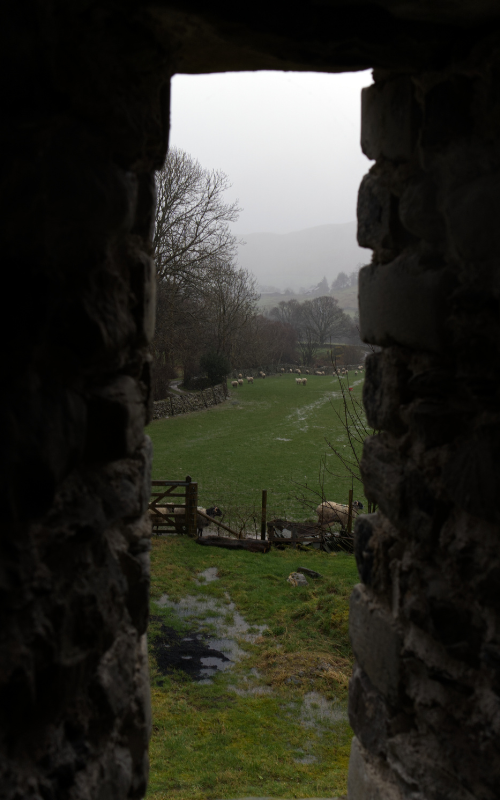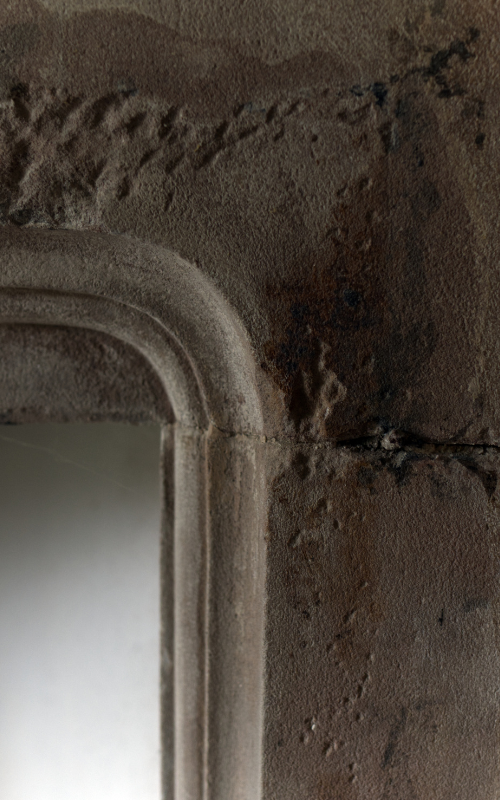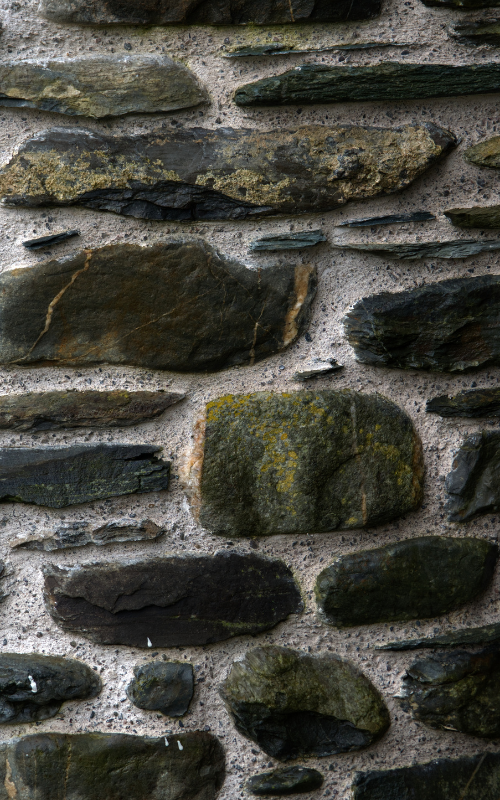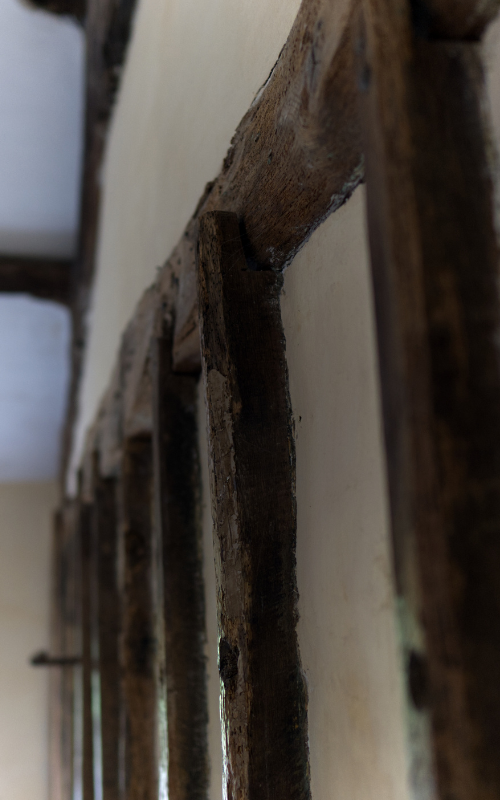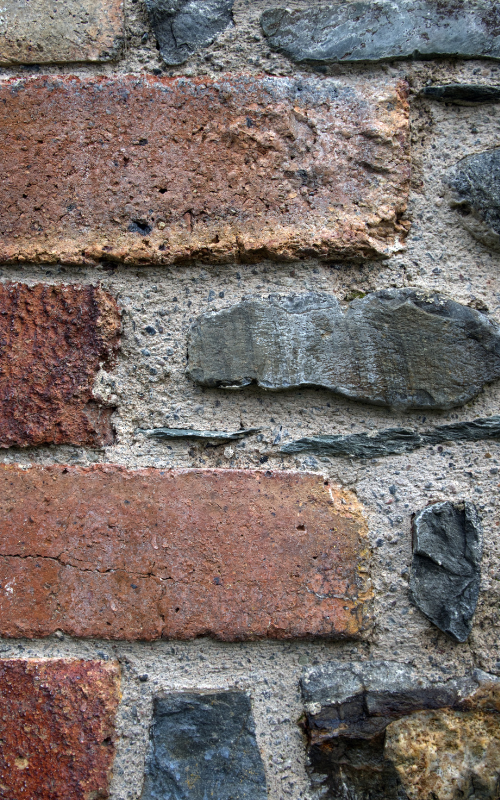Heritage Building
Heritage buildings are so much more than just old structures.
Cultural gems
Heritage buildings stand as silent sentinels to a bygone era. These architectural marvels
not only speak of a rich history but also embody the essence of our cultural identity and
collective memory.
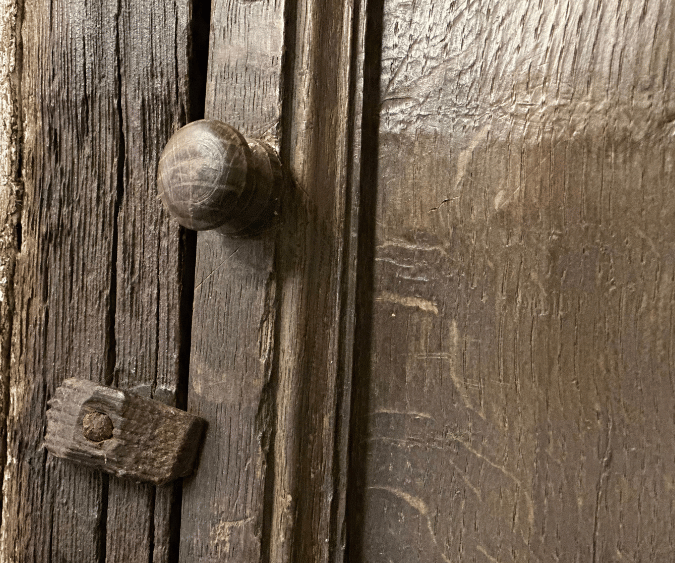
Guardians of History
Heritage buildings are more than just physical structures; they are guardians of history,
bearing witness to the events, people, and stories that shaped a community or a nation.
From traditional farmhouses and Georgian mansions to historic churches and inns, each
heritage building carries a unique narrative that contributes to our nderstanding of the past. These buildings serve as tangible links to our ancestors, offering a glimpse into their lives, beliefs, and aspirations.
Cultural Identity
Architectural Beauty
Beyond their historical and cultural significance, heritage buildings exude a timeless architectural beauty that captivates the imagination. The craftsmanship and details of these structures bear testament to the skill of the master artisans of generations past
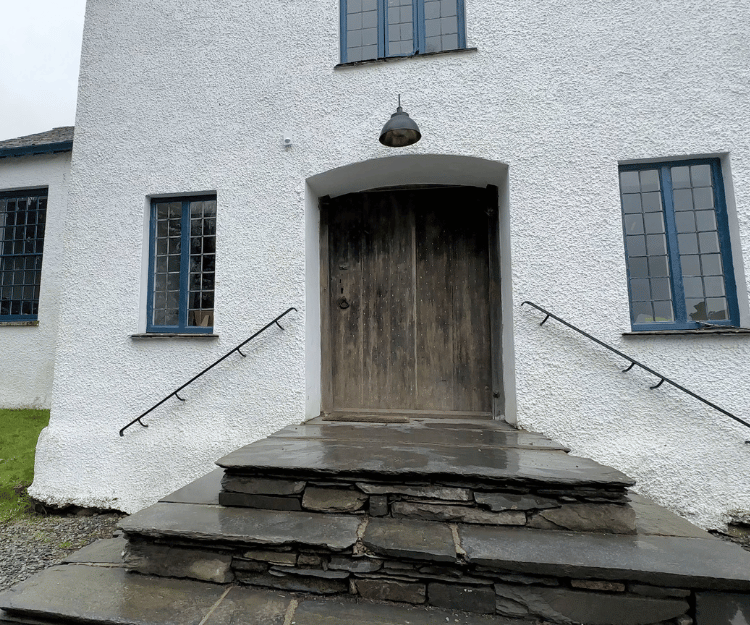
Community Pride
Vernacular buildings
Traditional vernacular buildings are architectural treasures that reflect the cultural identity, local materials, and building techniques of a specific region or community. They are unique in their design and often shaped by local climate, customs, and available resources.
The charm of traditional vernacular buildings lies in their simplicity, functionality, and harmony with nature. From thatched clay dabbin cottages to Lakeland farmhouses and Crofters cottages, each vernacular building tells a story of human ingenuity and adaptation to the environment and can teach us a great deal about sustainable ways of building for the future.
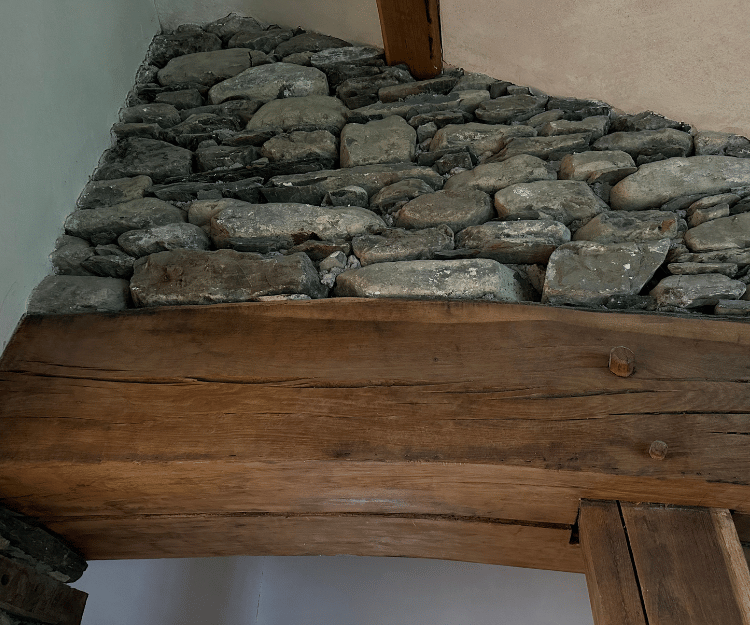
Challenges of Conservation
Conclusion
As stewards of our heritage, it is our collective responsibility to protect and cherish these architectural gems, ensuring that they continue to inspire, educate, and enchant generations to come.
Owning a heritage building comes with a great deal of responsibility. At Stephen Grindrod LTD, we specialise in the sympathetic restoration and adaptation of these important buildings. We can work with you to design and implement a renovation project that honours the building’s character but helps you adapt it to your modern needs. We use natural, breathable materials and traditional techniques as part of this process.
Learn more about the materials and techniques we use for our heritage building projects and explore some case studies of our work.
